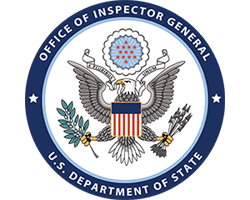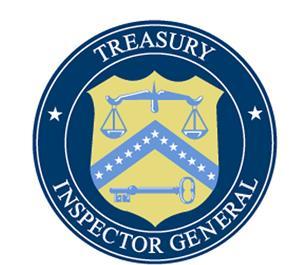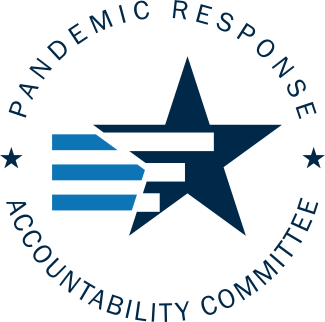12/20/2024
Department of Health & Human Services
ICAP at Columbia University Generally Managed Its PEPFAR Expenditures Appropriately but Lacked a Robust Financial Management System
Audit
Agency-Wide
View Report
View Report Highlights
Submitting OIG
Department of Health & Human Services OIG
Number of Recommendations
2
Report Number
A-04-20-01020
12/20/2024
Department of the Interior
U.S. Fish and Wildlife Service Grants Awarded to the State of Washington Under the Wildlife and Sport Fish Restoration Program
Audit
Agency-Wide
View Report
View Report Highlights
Submitting OIG
Department of the Interior OIG
Report Description
We audited WSFR grants awarded by FWS to the Washington Department of Fish and Wildlife to ensure compliance and cost allowability.
Number of Recommendations
4
Report Number
2023-CGD-030
12/20/2024
Department of the Interior
The Orphaned Wells Program Office Needs to Improve Its Oversight of the Infrastructure Investment and Jobs Act Funding to States
Inspection / Evaluation
Agency-Wide
View Report
View Report Highlights
Submitting OIG
Department of the Interior OIG
Report Description
We found that OWPO did not: review quarterly reports, ensure that IBC assessed risk, have an effective site visit policy, and provide enough guidance.
Number of Recommendations
9
Report Number
2023-INF-025
12/20/2024
Department of State
Inspection of the U.S. Mission to the Association of Southeast Asian Nations, Indonesia
Inspection / Evaluation
View Report
View Report Highlights
Submitting OIG
Department of State OIG
Number of Recommendations
1
Report Number
ISP-I-25-07
12/20/2024
Department of State
Inspection of Embassy Brazzaville, Republic of the Congo
Inspection / Evaluation
View Report
View Report Highlights
Submitting OIG
Department of State OIG
Number of Recommendations
29
Report Number
ISP-I-25-04
12/20/2024
Internal Revenue Service
Fiscal Year 2025 Biannual Independent Assessment of Private Collection Agency Performance
Audit
Agency-Wide
View Report
View Report Highlights
Submitting OIG
Treasury Inspector General for Tax Administration
Number of Recommendations
5
Report Number
2025-300-004
12/20/2024
Department of the Treasury
Desk Review of the Kiowa Tribe of Oklahoma's Use of Coronavirus Relief Fund Proceeds
Other
Agency-Wide
View Report
View Report Highlights
Submitting OIG
Department of the Treasury OIG
Number of Recommendations
12
Report Number
OIG-CA-25-024
12/20/2024
Denali Commission
Denali Commission Office of Inspector General’s Semiannual Report to Congress for the period April 1, 2024, to September 30, 2024
Semiannual Report
Agency-Wide
View Report
View Report Highlights
Submitting OIG
Denali Commission OIG
Number of Recommendations
0
12/20/2024
Export-Import Bank
Fiscal Year 2024 Financial Statements Audit Management Letter
Audit
Agency-Wide
View Report
View Report Highlights
Submitting OIG
Export-Import Bank of the United States OIG
Number of Recommendations
5
Report Number
OIG-AR-25-02
12/20/2024
Multiple Agencies
Semiannual Report to Congress: April 1, 2024 - September 31, 2024
Semiannual Report
Agency-Wide
View Report
View Report Highlights
Submitting OIG
Pandemic Response Accountability Committee









